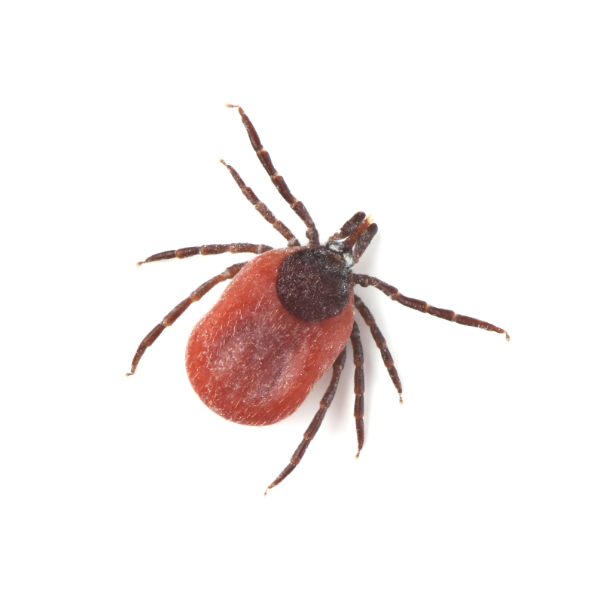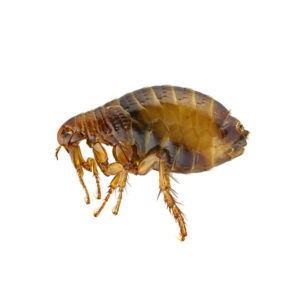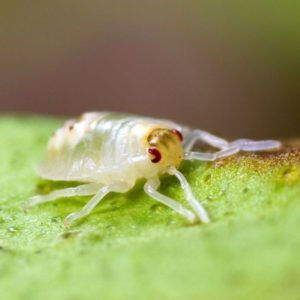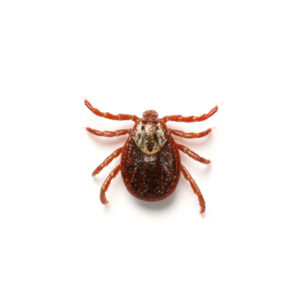Deer Ticks in Anaheim
Also called “black-legged ticks”, deer ticks are a common pest in the United States – especially eastern regions. These tiny pests are the primary carrier of Lyme disease in the nation, and they’re responsible for causing about 30,000 cases annually. As their name suggests, deer ticks primarily feed on white-tailed deer. However, they will also bite other animals like dogs, cats, humans, horses, and cattle.
Deer Tick Habitat
Deer ticks prefer damp, shaded areas that are usually only about 18-24 inches off the ground. These pests hide in tall grass or brush where they wait for a host to walk by. Most people accidentally pick up ticks by walking through overgrown lawns, gardens, or hiking trails. Pretty much any place that offers protection and moisture is the perfect environment for these ticks. Though deer ticks are most likely to bite in warmer spring and summer months, they rarely die off in the winter and may seek out a host when temperatures are above freezing.
Deer Tick Behaviors, Threats, or Dangers
Deer tick bites can have serious and long-lasting health effects. Nymphs and adult females are most likely to bite humans, and they can transmit a variety of diseases including Lyme disease. Since these pests can thrive in nearly any area with tall grass or shrubbery, it’s important to wear long pants or sleeves when spending time outdoors. It may also be beneficial to invest in an insect repellent with an EPA-registered ingredient, such as DEET. If you keep coming across deer ticks and want to protect your well-being, contact a professional tick and mite control expert for help.





